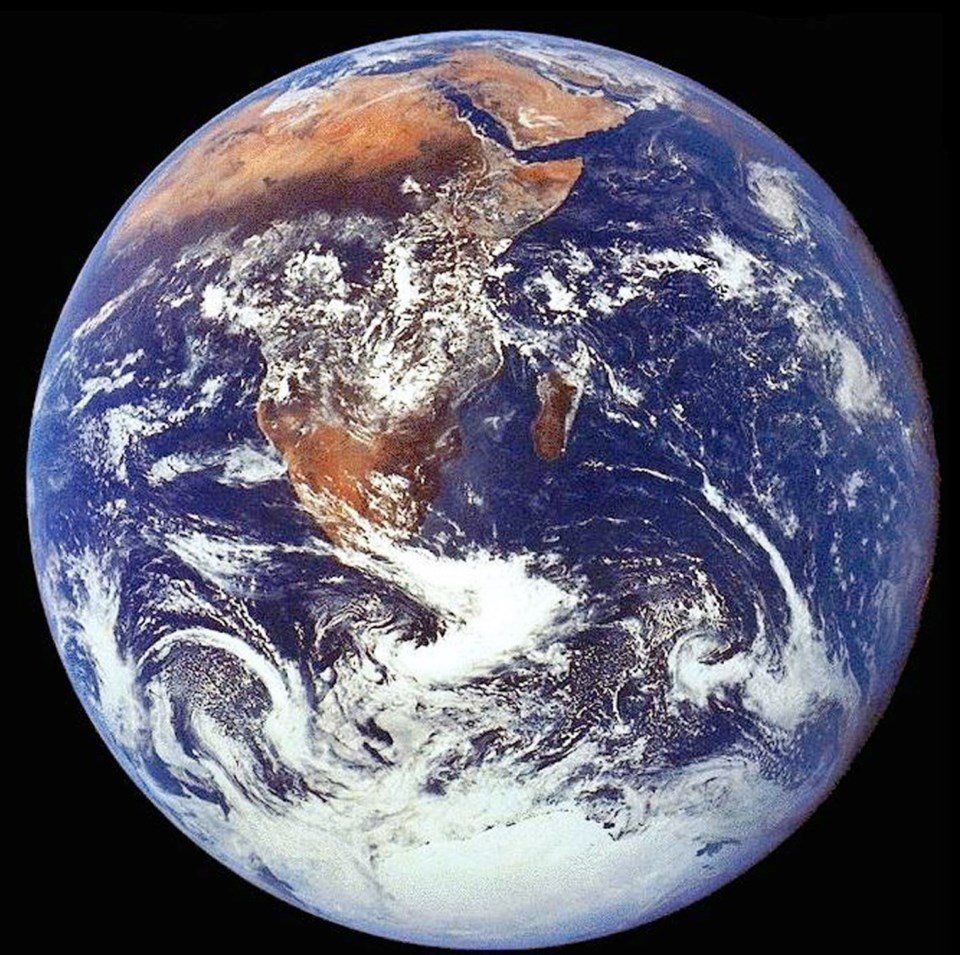Planet Earth could be wiped out sooner than scientists expected, says a University of Victoria scientist.
“Earth, as a habitable planet, is probably going to die sooner than we previously thought,” said Colin Goldblatt, assistant professor in UVic’s School of Earth and Ocean Sciences.
But don’t panic.
“It’s not going to happen in our lifetime. It’s probably going to happen in half a billion years … and the good thing is that triggering it seems exceptionally difficult,” he said.
Goldblatt is the lead author of a study — published today in the international online journal Nature Geoscience — looking at the runaway greenhouse effect, which happens when a planet absorbs more energy from the sun than it can radiate back into space.
At that point, the surface would heat uncontrollably and the oceans would evaporate, sterilizing the planet and leaving it with an atmosphere similar to that of Venus. Scientists had previously not believed such a scenario would be possible for another billion years.
Greenhouse gases — such as carbon dioxide, water vapour and methane — trap heat from the sun in the atmosphere. Since the industrial era, human activity such as agriculture and the burning of fossil fuels has added large quantities of gases to the atmosphere, leading to a stronger greenhouse effect.
As more water vapour is put into the atmosphere, less energy from the surface can get out directly to space and only the upper atmosphere can radiate heat out to space, Goldblatt said.
“It turns out there’s a fixed limit to how much energy the Earth can emit to space,” he said. “If you fill up the bath, it doesn’t matter how full the bath is: When you pull the plug, only a certain amount of water can get out.”
Previously, scientists thought that a runaway greenhouse effect would require more solar energy than Earth receives, but Goldblatt’s modelling, which used more sophisticated computers and better data, shows that’s not the case.
The good news? It would be necessary to burn 10 times more carbon than is contained in every bit of coal, oil and gas on Earth to trigger the effect.
“It’s not something that would be possible on a human timescale, but, on a geological timescale, it’s absolutely possible,” Goldblatt said.
But there’s another element in play: The sun gets brighter with time, sending more energy toward Earth.
“At the beginning of the Earth’s history, the sun was only 70 per cent as bright as now, and it will keep on getting brighter,” Goldblatt said.
He has a solution: Move the Earth away from the sun. “This is physically possible,” said Goldblatt, who worked for NASA. “It’s just an engineering problem.”
The idea would be to slingshot an asteroid into an orbit around the Earth, where it would absorb some of the Earth’s orbit energy, slipping the planet away from the sun.
“If you did it every 3,000 years, you would move the Earth away from the sun to balance the rate the sun is getting hotter,” Goldblatt said.
(Performing such a manoeuvre is currently beyond our technological abilities, he admitted.)
More realistically, the hope is that humans will look into ways of preserving the planet.
“Humanity, right now, is in a technological adolescence. We are like teenagers who have the knowledge to cause all sorts of problems, but we don’t have the wisdom to self-regulate,” Goldblatt said.
“Maybe in 50 years, 100 years or 300 years we will have got out of that adolescence and not endanger ourselves as a species.”


